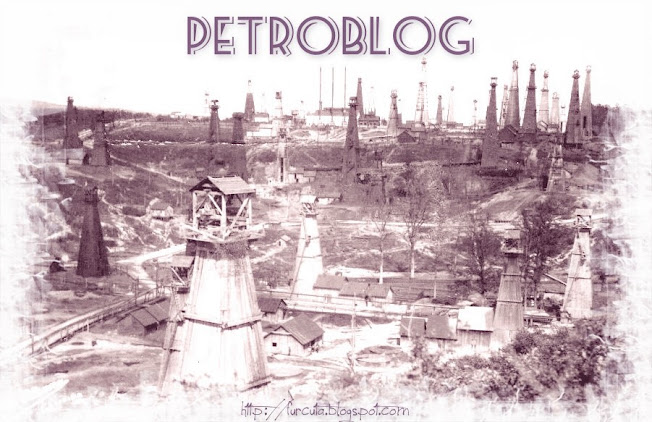On May 28,
1929, while drilling at a depth of 1460 meters, the No. 160 Romana-Americana
well in Moreni, Romania blowout and caught fire. The derrick was
destroyed and the 100 m high flames could be seen in the city of Ploiesti over
50 km away. Attempts to extinguish the well were unsuccessful and the well
burned for over two years. More than one hundred workers were injured and
fourteen died. By the spring of 1931, the fire had created a crater 76
meters wide and 20 meters deep.
Hired by the Romana-Americana Company, an
affiliate of Standard Oil, Kinley arrived in Romania on crutches. Kinley first
attempted to extinguish the No.
160 fire using a 200-pound charge
of nitroglycerin, but without success. Using a larger explosive charge,
the fire was “snuffed out” but quickly reignited. Using a combination of
a large funnel-shaped cap, slanted tunnels, mud, water, and concrete, the fire was
extinguished. It took Kinley and his crew six months to extinguish the
No. 160 well fire, for which he was paid $50,000.
The Moreni crew. Romania 1931.
Myron
furnished his own men to fight the Romanian blaze.
Left to right American Grady Chupp, Myron,
and Romanian Costica Lupu
Left to right American Grady Chupp, Myron,
and Romanian Costica Lupu

